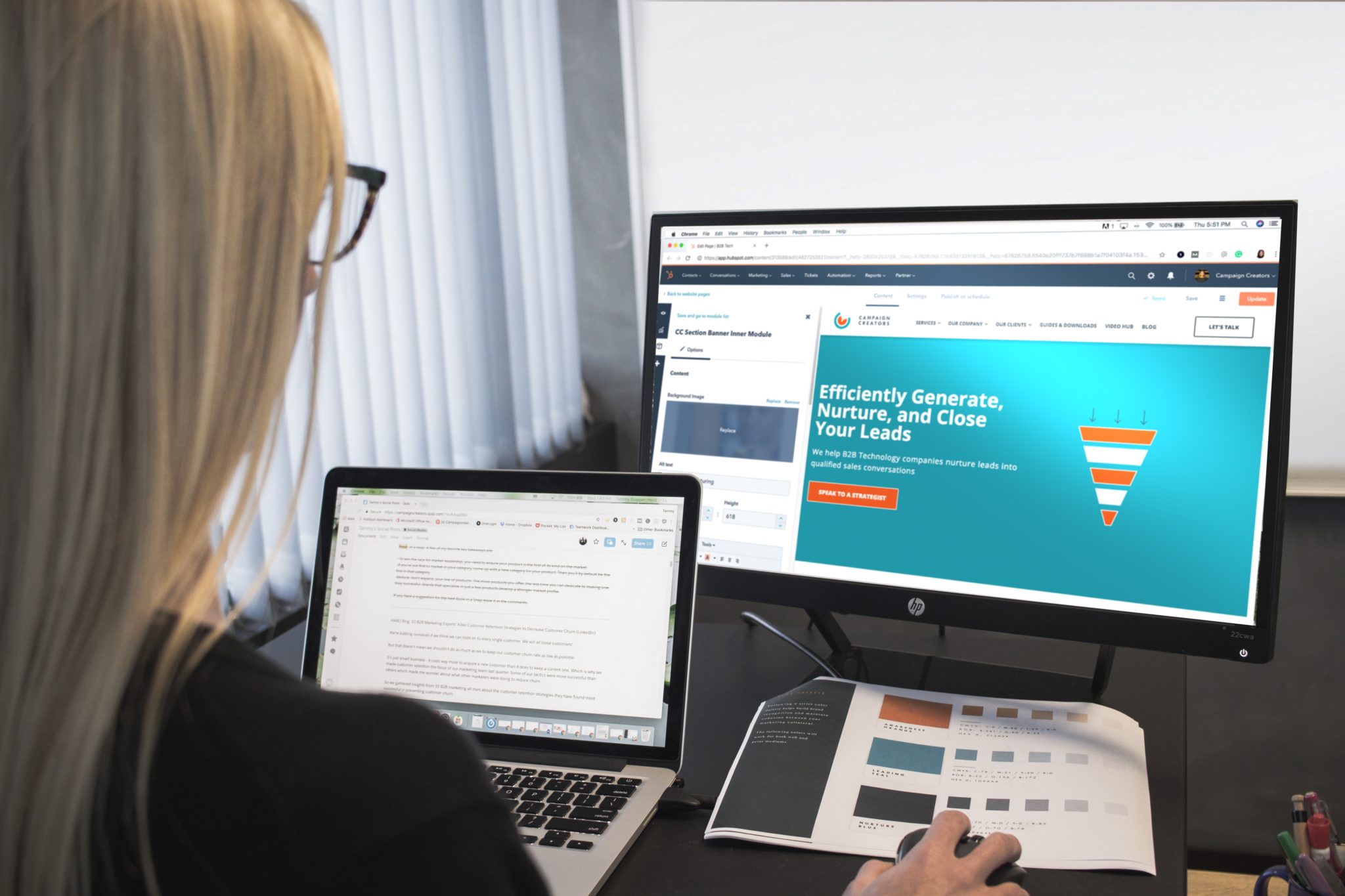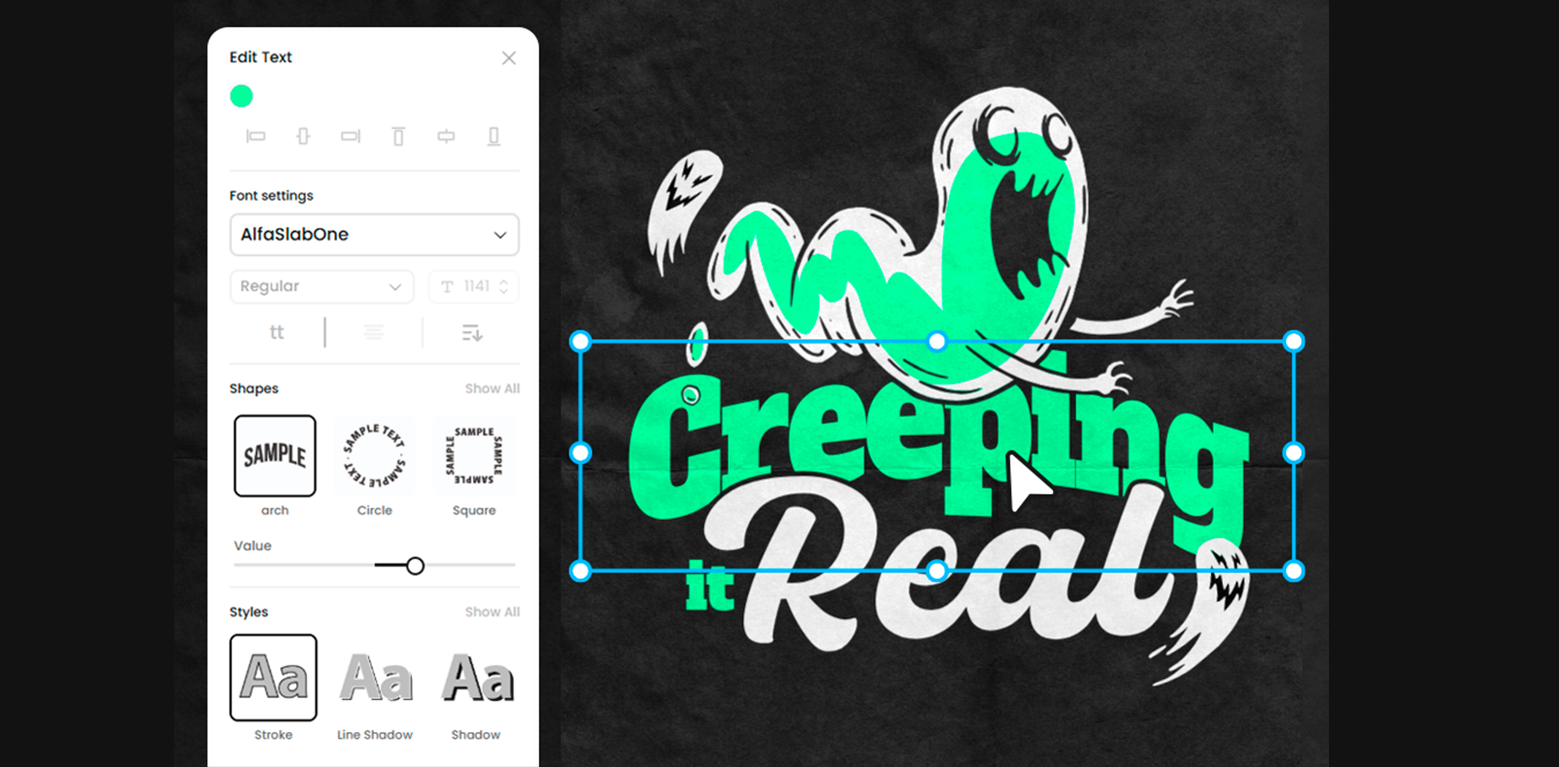A thriving website is the best face of your brand and hub for serving its customers. It has many moving parts and they all have to fall together seamlessly.
It goes without saying this is no small feat. In a digital era, attention is quite fickle. People are also spoiled for choice— if they don’t like what they see, they will just move on. Therefore, you have to make a solid first impression, retain interest, and guide behavior.
The best way to accomplish these goals is via amazing web design.

It’s a crucial component of any website’s success. The only problem is trends come and go fast and leave you wondering what really works and what doesn’t. Well, we got you covered: Here are some key areas to prioritize.
User-Friendliness Comes First
A good website is a user-friendly website.
It’s easy to understand and interact with. Navigation is smooth and predictable. One gold standard of user-centered design is a limited number of choices offered to users. For instance, decrease the number of menu options and form fields. Try to focus on one goal per page.
Furthermore, consider opting for a single-column design instead of a sidebar. Break big blocks of text with images and paragraphs. Notice standard layouts are still a safe bet— try them out before experimenting with anything too wild.
Keep it Simple
Along similar lines, learn how to direct customer focus and attention. Figure out what design elements have more weight and profoundly shape user experience (UX). Visuals certainly fall into that category. So, master the art of emotional storytelling via colors and graphics.

While at it, you want to reduce the amount of clutter and noise. You can adhere to the principles of minimalist design to pull it off. It blends visual appeal and functionality in a way few other aesthetics can. It lets content take center stage and delight visitors.
Get on Top of SEO
Search engine optimization (SEO) is a powerful tool for maximizing website traffic. It boosts your visibility in SERP, meaning you have a chance to outshine the competition. So, even as a designer, you should get familiar with surefire SEO techniques that boost ranking.
Start by fleshing out your site’s organization and architecture. Add targeted keywords to your articles, titles, product descriptions, and key pages. Do some smart link-building. Finally, use this rank tracker to evaluate the impact of your efforts and fine-tune tactics accordingly.
Increase Site Speed
Although many designers overlook it, site speed is an absolute must, not some nice-to-have. Internet users don’t bother waiting more than three seconds for pages to load. It’s also one of the factors that search engines use to rank you in SERP.
Therefore, conduct a quick speed test and then take active steps to shorten the time frame.
For example, minimize HTTP requests and compress your HTML, CSS, and JavaScript files. You can reduce the size of each file, as well as their total number. In addition, improve your server response time and choose a better hosting option if necessary.
Take on Mobile optimization
Having a desktop-only version of the website no longer cuts it. Google has rolled in mobile-first indexing with the Accelerated Mobile Pages (AMP) initiative. This development echoes a historic milestone of mobile traffic surpassing traffic originating from desktops.

Hence, you need to make sure design is responsive across smaller screen sizes because optimizing for mobile is no longer a choice, it is a must!
Room for error is quite literally minimal, so have a sharp design focus. Preset information in a clear way and cut down on the amount of it. Enable users to consume content without having to pinch and zoom. Get rid of the elements that don’t translate well into mobile web browsers.
Provide Value with Content
Great content makes your site ‘stickier’. It’s the real reason why visitors decide to linger. Therefore, come up with a sound content strategy. Research your target audience and competition. Identify trending topics likely to spur engagement.

Aim to provide accurate information and address common concerns and problems. Hire professionals to write compelling copy. Create striking product imagery or display pictures of your employees. You can also go the extra mile and design a blog section of the website.
That way, you will be able to generate more leads and elevate your bottom line.
Success by Design
A strong digital presence is an invaluable business asset.
Building it is a lengthy process though, which requires you to think about real people and search engines. To get the ball rolling, work out a plan. Steer clear of common design mistakes and abide by best practices.
Don’t bombard visitors with options and choices. Streamline visual complexity and refine aesthetics. Tailor content and messages that resonate with the audience. Optimize for various devices people use to browse your pages.
Following these steps, you should be able to take your business to the next level.







